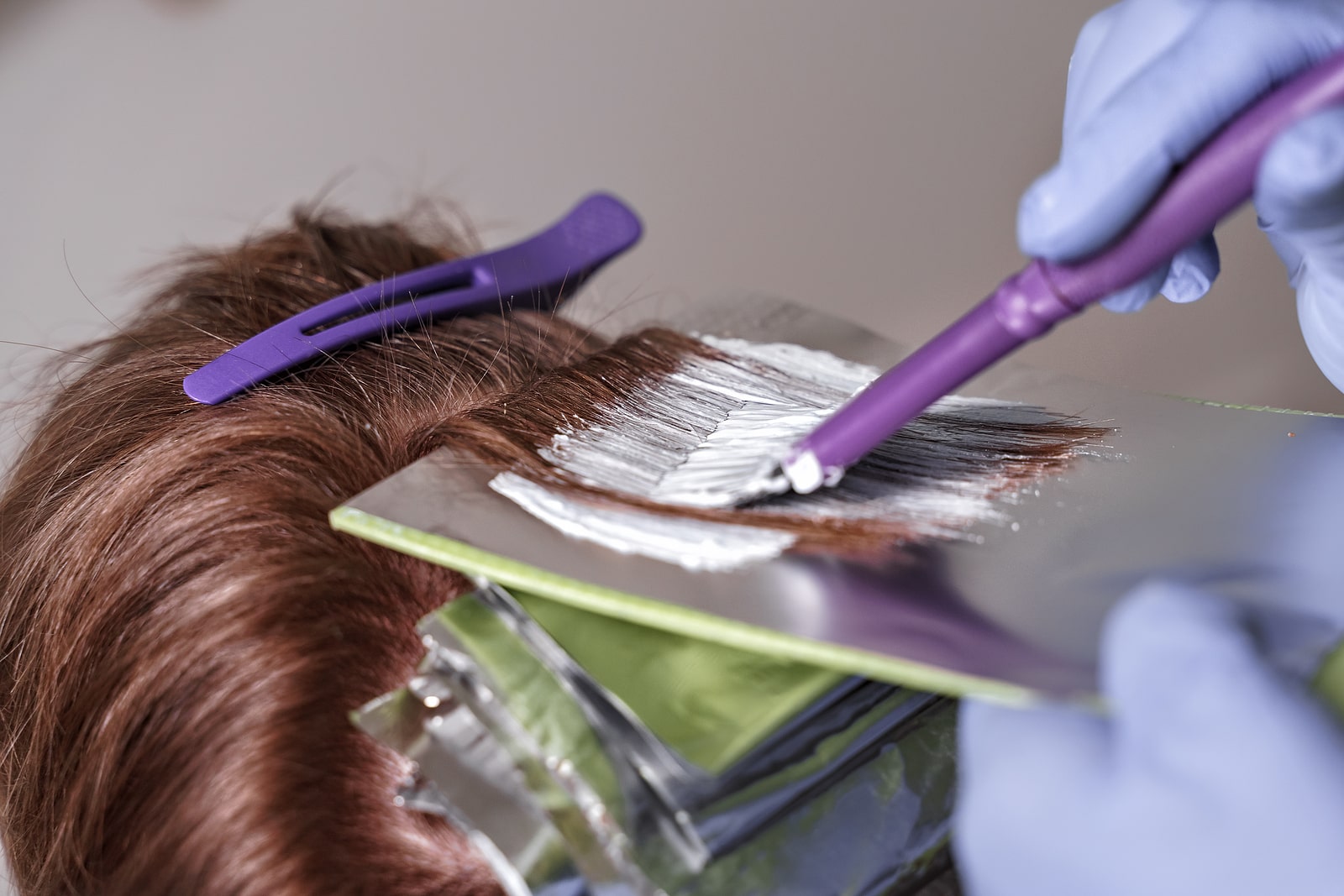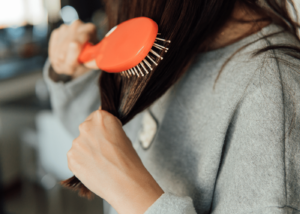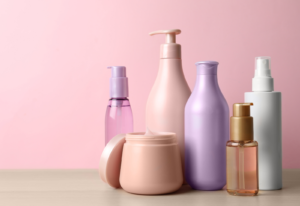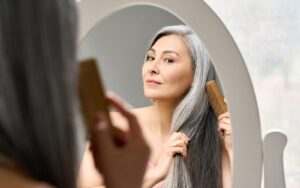As anyone who regularly colors their hair knows, keeping your color looking fresh and vibrant can be tricky. Between treatments, it’s natural for color to fade. However, you might actually be doing things on a regular basis that are causing your color to dull faster than it needs to. Fortunately, there are a few easy adjustments you can make to your daily routine that will help your color-treated hair stay bright and beautiful for as long as possible and reduce the number of harsh color treatments on your tresses. Read on to learn more from Eldorado.
1. Wash Less
Hair washing can be tricky. If you don’t wash your hair enough, it will become oily, dirty, and unhealthy. If you wash it too much, it can dry out and become prone to breakage. Hair color from dye is actually retained by the healthy natural oils on your scalp. Try to use shampoo at most every other day, and after coloring, wait at least two days before shampooing. This will give the color plenty of time to set sufficiently. On some of your no-shampoo days, use a shower cap or put your hair in a bun to prevent it from getting wet, as this can cause some of the color to fade. This is especially true if the water is hot, as hot water pulls dye out of hair and strips away color by opening the surface of the strand and allowing dye molecules to escape.
2. Use Products Formulated for Color-Treated Hair
Whether you color-treat your hair or not, sulfate free shampoos and conditioners are a good choice when it comes to strengthening hair. Sulfates strip hair of its natural oils and moisture, which can then strip your hair of its color. Look for shampoos and conditioners that are designed specifically for color-treated hair. There are even some available that are tailored to specific hair colors.
3. Use a Lower Water Temperature
Whenever you shampoo or rinse your hair, try to stick to lukewarm or cold water. Use the warm water while showering, and finish with the coldest water you can tolerate. Cold water seals the cuticle, allowing your hair to optimally retain hydration from conditioner and appear smooth and shiny. Color-treated hair is often damaged and dry, as dye can be extremely damaging, so it’s important to emphasize locking in moisture as often as possible.
4. Hydrate
Unfortunately, color treating your hair is damaging. Ammonia lifts the hair cuticle and elevates the pH of the hair, which instantly causes damage. The peroxide in hair dye then breaks down hair’s natural pigment. Peroxide is extremely drying, which means color-treated hair needs extra moisture between treatments. Find a conditioner specifically formulated for color treated hair and use it every day if possible. Leave it on as long as possible to restore the healthy moisture and oil levels your hair needs to maintain color.
Hair Masks
Adding a hair mask into your weekly routine has a multitude of benefits. You can buy one for color-treated hair or make one at home. They are formulated with special oils and extracts that promote oil production and retention in the scalp and keep hair healthy from root to tip.
Heat Protectant
It’s always good to spritz on some heat protectant if you have to use styling tools. Since dyed hair is more susceptible to damage, and heat is extremely drying, make sure to use a heat protectant whenever you have to blow dry or flat iron.
5. Cover Up in the Pool
Chlorinated water can cause color to fade, especially over a prolonged period of time. If you are a regular swimmer, you can add chelating shampoo for regular color maintenance. Whenever you swim, wet your hair ahead of time and saturate it in conditioner to keep the chlorine molecules from being absorbed. If you can, put on a swim cap. After swimming, shampoo and deep condition with products formulated for color-treated hair as soon as possible.
6. Adjust Your Diet
A good diet is important for overall hair health. Adding extra hair-strengthening nutrients into your diet in the forms of certain foods or supplements will help fuel growth and maintain hair health. Iron-rich proteins found in meats, egg whites, nuts, and bone broth will help rebuild hair that has recently been weakened by color treatment.
7. Use Toner
Toning your hair at home or using a conditioner with dye is a great way to increase the lifespan of your dye job. For blonde hair, using a purple toning treatment or conditioner will liven up your hair and eliminate any brassiness that has developed over time. If your hair is dyed a bright color, like pink or blue, you can add a little dye to your regular conditioner. This will freshen your color up a bit until your roots grow out and it’s time to dye again.
8: Air Dry
Your color-treated hair is weak and damaged, so it’s important to avoid using blow dryers, curling irons, and other heating tools whenever you can. Let your hair dry naturally after you shower. If you absolutely have to use a styling tool, keep it on the lowest heat setting. Most blow dryers have a cold setting, so make sure to use it if you can’t wait for your hair to air dry.
9. Stay Out of the Sun
Since heat is a major culprit when it comes to damaged hair, those with color-treated tresses need to avoid the sun as much as possible. The sun’s rays can fade color, so try to avoid long exposure and wear a hat or scarf whenever possible. Choose styling products and hairsprays that contain UV protectants and SPF. Some products even contain vitamins that help to restore color-treated hair and prevent future damage. During the summer, when the sun’s rays are at their most dangerous levels, use a hairspray with an SPF of 10 or 15 throughout the day to prevent your color from fading.
10. Get Regular Trims
One of the best ways to keep your color-treated hair looking healthy is by getting regular trims. A hair stylist can recommend products based on the condition of your hair and clear away any split ends that might be damaging hair even further. Everyone’s hair is different, so consult with a professional about how often you should have your hair trimmed.
Additional FAQs for Maintaining Color-Treated Hair
-
How long should I wait to wash my hair after coloring it?
It’s recommended to wait at least 48 hours after coloring your hair before washing it. This allows the color to fully set and minimizes the risk of fading. -
Can I use dry shampoo on color-treated hair?
Yes, dry shampoo is a great option for extending the time between washes. Look for a dry shampoo that is specifically formulated for color-treated hair to avoid any stripping or dulling of your color. -
What should I do if my color fades unevenly?
If your color fades unevenly, you can use a color-depositing conditioner or toner to even it out. A professional touch-up at your salon may also help restore balance. -
Is it safe to color my hair during pregnancy?
While many people color their hair during pregnancy without issues, it’s best to consult your doctor first. Consider using semi-permanent or ammonia-free dyes as a gentler alternative. -
How can I protect my hair from hard water?
Hard water can cause color-treated hair to fade faster. To prevent this, use a clarifying shampoo once a month and consider installing a water softener or a shower filter. -
Can I use leave-in conditioners on color-treated hair?
Absolutely! Leave-in conditioners provide extra hydration and protection for color-treated hair. Choose one specifically formulated for colored hair to avoid stripping the dye. -
How often should I use a hair mask on color-treated hair?
Use a hair mask at least once a week to restore moisture and repair damage caused by coloring. Look for masks that are designed for color-treated hair and contain hydrating ingredients like argan oil or keratin. -
Is it better to air dry or blow dry color-treated hair?
Air drying is better for color-treated hair, as heat can strip color and cause damage. If blow drying is necessary, use a heat protectant and set the dryer to the lowest heat setting. -
How can I prevent my hair color from looking brassy?
To avoid brassiness, use a purple or blue toning shampoo depending on your hair color. These shampoos neutralize warm, brassy tones and help maintain a cooler, more vibrant hue. -
Should I avoid certain hairstyles with color-treated hair?
Tight hairstyles like high ponytails or buns can cause breakage, especially on weakened color-treated hair. Opt for looser styles to minimize tension on the strands.
Contact Us for Maryland Hair Replacement and Restoration Services
If you are interested in hair restoration or hair replacement services in D.C., Maryland, or contact Eldorado today. Whatever your hair needs may be, our hair restoration specialists can help. Call us at (410) 469-6077 to schedule a hair analysis at our Baltimore hair restoration center or book your free hair analysis.





